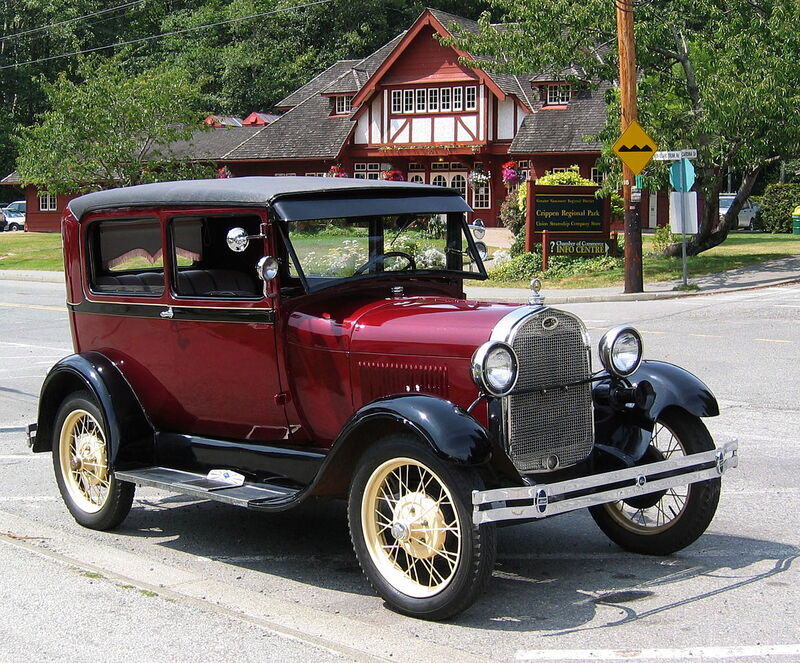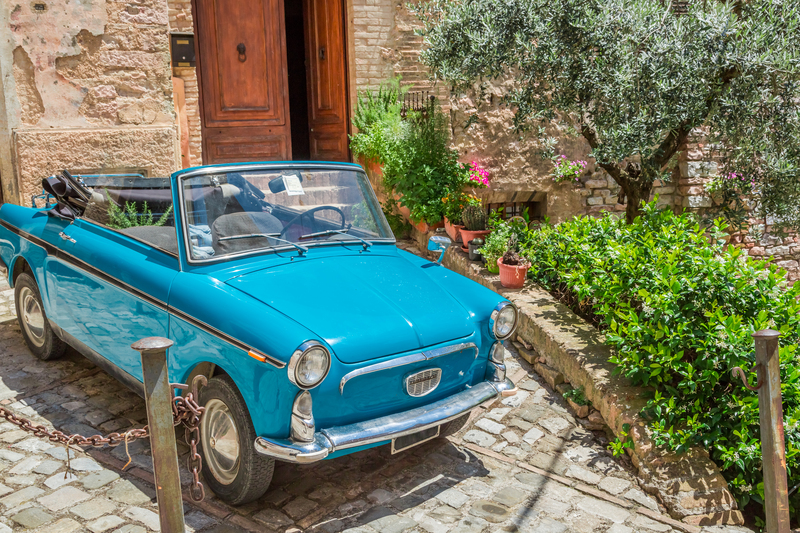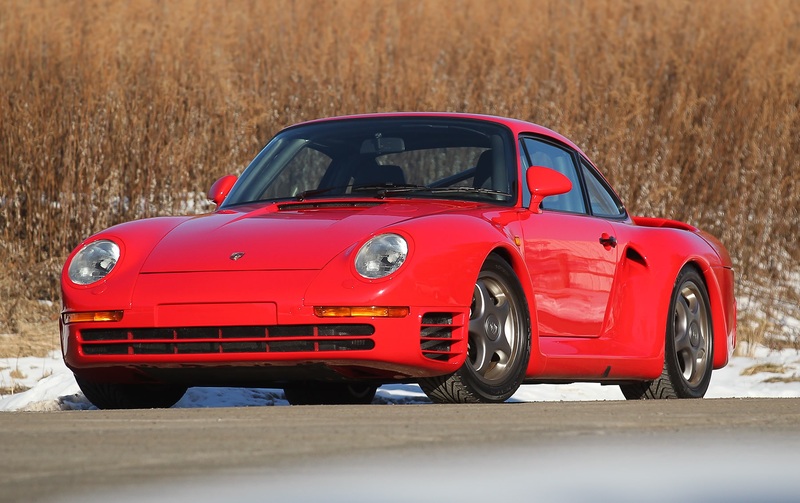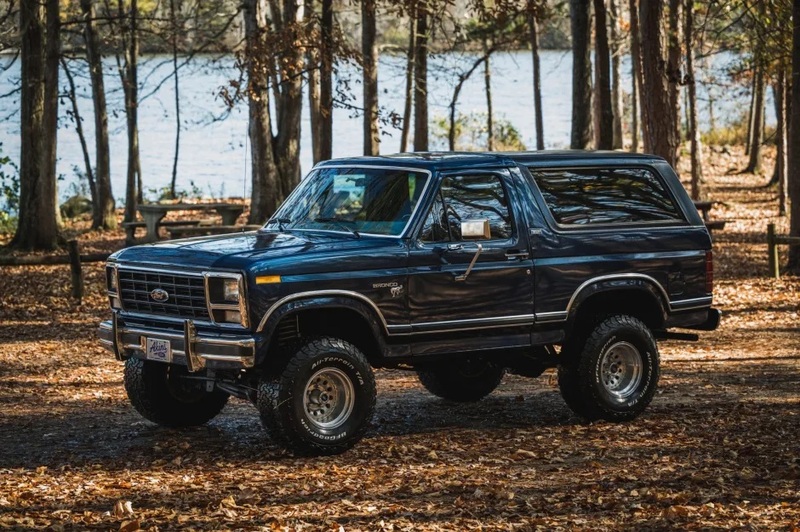Classic Cars: What Makes a Car a Classic? How Old is Old Enough?
Posted Thursday, Jul 27, 2023
Classic cars have an incredible ability to transcend time and capture the hearts of automotive enthusiasts all around the world. But here's a question for you: How old does a car need to be in order to be considered a classic? The answer can come with big implications.
Knowing what defines a classic car can impact prices, insurance costs, and the freedom to drive it. And let's not forget the emotional connection and the possibility of value appreciation as these vintage gems grow older. Join us to learn how old is a classic car, and some examples of unique classic pieces.
There is no definitive answer as to how old a car must be to be considered a classic. Insurance companies, classic car clubs, and even states each have their own standards. Some consider a car as young as 10 years old to be a classic, while others hold onto a more traditional definition, requiring a vehicle to be around 25 to 45 years old.

When Is a Car Considered a Classic According to Insurance Companies?
When it comes to insurance for your car, the answer to the question "When does a car become a classic?" can vary depending on your insurer and state regulations. These classifications consider factors such as age, dimensions, manufacturing specifications, and historical relevance. Typically, cars that are 25-30 years old or older and hold cultural importance fall into this category.
Classic car insurance offers a range of benefits that go beyond what a standard auto policy provides. Not only does it reimburse you for the value of your car, even if it appreciates over time, but it also includes specialized coverage for repairs and towing in case of breakdowns or the need for unique parts.
How Old Does a Car Need to Be to Qualify as a Classic in Texas?

In Texas, cars that are at least 25 years old are eligible for Classic License Plates. Additionally, vehicles registered as Classic undergo an annual safety inspection, similar to regular passenger vehicles. The inspection process varies depending on the age of the car. For instance, if your vehicle didn't have seatbelts when it was originally manufactured, they may not be required during the inspection.
What's the Difference Between Vintage, Antique, and Classic Cars?
It's worth noting that vintage, antique, and classic cars each have their own unique set of characteristics, which can influence your insurance policy and potentially result in driving restrictions.
Vintage Cars

Vintage cars, manufactured between 1919 and 1930, are the oldest ones. Vintage car owners can acquire Vintage Vehicle Plates to showcase their historical value, and while not meant for everyday driving, vintage cars are popular for car shows.
Due to their rarity, finding a vintage car can be a challenge, but their exclusivity and higher price range make them cherished treasures.
Antique Cars

Vintage car on a beautiful street in Italy
Antique cars, typically defined as being at least 25 to 45 years old, are not commonly seen on everyday roads either. Instead, they obtain permits allowing occasional usage for club activities, exhibitions, and parades.
Classic Cars

Classic cars, starting from 20 years old, bring together the best of both worlds: the enduring appeal of vintage and antique cars and the added practicality of modern driving.
With a more dynamic and versatile nature, classics offer the pleasure of daily drives, as well as the ability to make a statement at car shows. Plus, classic car values go up and up with each passing year, making it a great investment if you plan to sell it in the future.
It's worth noting that the Classic Car Club of America considers a full classic car as one manufactured between 1915 and 1948, encompassing what others call vintage or antique cars.
Unique Classic Cars
1980 Ford Bronco

With its reputation as a dependable sport utility vehicle, the 1980 Ford Bronco proves to be a wise investment. Also, as Ford's pioneering SUV model, it carries significant historical value. The 5.0-liter V-8 engine propels this classic Bronco with impressive power and a thrilling driving experience. Its spacious and comfortable interior, excellent visibility, and improved powertrain efficiency make it an ideal choice for long journeys.
1984 Ferrari Testarossa

The 1984 Ferrari Testarossa exudes the iconic allure that has made Ferrari a cultural phenomenon. This two-door coupe features a 12-cylinder mid-engine, and a naturally aspirated 4.9-liter engine, putting it at the top of classic sports cars and fusing power, elegance, and unmatched style.
90 Jaguar XJS Coupe

With its curvy and captivating design, the 1990 Jaguar XJS Coupe perfectly blends luxury and performance. This exquisite grand tourer offers more than 200 horsepower from its inline six-cylinder engine, delivering a thrilling driving experience. Equipped with electric windows, a speed control system, anti-lock braking, and cruise control, this classic beauty ensures a comfortable and more modern ride.
What is considered a classic car depends on the particular specifications of each institution. Ultimately, classic cars represent a captivating combination of enduring beauty, financial value, and historical significance.
Unlike regular modern cars, classic automobiles have the advantage of appreciating in value, making them a wise financial choice. Moreover, owning a classic car allows you to stand out from the crowd, displaying a unique piece of history. At Lux Auto Centre, we specialize in luxury automobiles and are dedicated to helping you discover that extraordinary gem you've been longing for. Let us know what your dream care is, and we’ll find it for you.
